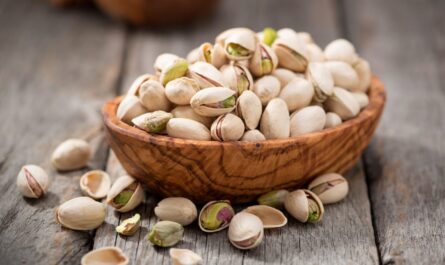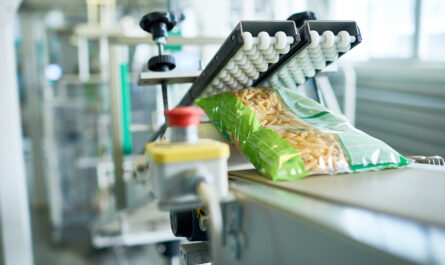The alcohol industry has a significant presence in India and contributes significantly to the economy and culture. India has a long tradition of alcohol production and consumption dating back thousands of years. Some key facts about the alcohol industry in India:
History of Alcohol Production in India
Alcohol production and consumption has deep historical roots in India. Archaeological evidence shows that alcoholic beverages were being produced as far back as 3200 BC during the Indus Valley Civilization. References to alcoholic drinks can also be found in ancient Hindu scripts like the Rigveda from around 1500 BC. Traditional Indian alcohols like fenny, arrack, toddy, and daru have been consumed for centuries in various parts of the country. The modern Indian alcohol industry began taking shape in the 1800s during British rule when firms like Mohan Meakins and United Breweries were established. This helped accelerate commercial alcohol production methods.
Economic Contribution of the India Alcohol
The alcohol industry is a major revenue generator for states and the central government in India. According to recent estimates, the total economic contribution of the industry is estimated to be around $30 billion which accounts for almost 1% of India’s total GDP. Major segments like IMFL (Indian Made Foreign Liquor), beer, and Indian liquors contribute substantially to state excise revenues. The industry also employs over 3 million people directly or indirectly. Additionally, allied sectors like barley cultivation, glass manufacturing, and logistics also benefit tremendously from the alcohol business in the country.
Policies and Regulations Governing the Indian Alcohol
Alcohol production and sales are predominantly regulated by state governments in India according to the policies framed in their respective excise acts. India Alcohol Taxes on alcohol are one of the biggest sources of tax revenue for many states. While retail sales were initially monopolized, several states have now moved to a partial or full privatization model in recent decades. Other regulations govern licensing, advertising, minimum legal age, and locations where alcohol can be sold. Policies have also been introduced to curb harmful drinking like limiting alcohol content, restricting hours of sale, and banning sales near educational institutions.
Popular Alcohol Categories Consumed in India
India has a variety of indigenous alcoholic beverages that have regional prominence in addition to liquors influenced by Western tastes. Some of the major categories include:
– Indian Made Foreign Liquor (IMFL): This includes whisky, rum, vodka, gin produced domestically often following foreign recipes. Leading brands are Officer’s Choice, McDowell’s No.1, Signature.
– Beer: Major domestic brands are Kingfisher, Budweiser, Haywards along with small brewpubs gaining popularity. India has the third largest beer globally.
– Indian Liquor: Distilled grains/fruits like fenny from Goa, arrack from South India, daru from Punjab, toddy from coconut or palm trees.
– Wine: Though small, the Indian wine industry is growing rapidly led by companies like Sula Vineyards and Fratelli.
– Country Liquor: Illicit or hooch tragedies are unfortunately still reported from time to time in some parts of the country due to contaminated or spurious country liquors.
Alcohol Consumption Patterns and Health Impact
Per capita India alcohol consumption in India is significantly lower compared to other countries at around 5 liters annually. However, harmful drinking represented by heavy episodic drinking is on the rise, especially among young urban males. Alcohol abuse has been associated as a cause or risk factor for various health issues like liver disease, cardiovascular problems, mouth, throat and liver cancer. It can also contribute to accidents, violence, and social harm. The health ministry and NGOs have started initiatives to create awareness on responsible drinking and tackle alcoholism.
Conclusion
In summary, alcohol has been an integral part of India’s economic activities and social fabric for centuries. While contributing substantial revenues, regulating and taxing the sector also poses challenges to policymakers. Promoting a balanced approach that encourages responsible drinking while preventing alcoholism and related social evils will require sustained efforts from industry, government, and civil society. Strict implementation of laws governing production, distribution, and consumption also needs to be ensured.
*Note:
1.Source: Coherent Market Insights, Public sources, Desk research
2.We have leveraged AI tools to mine information and compile it



